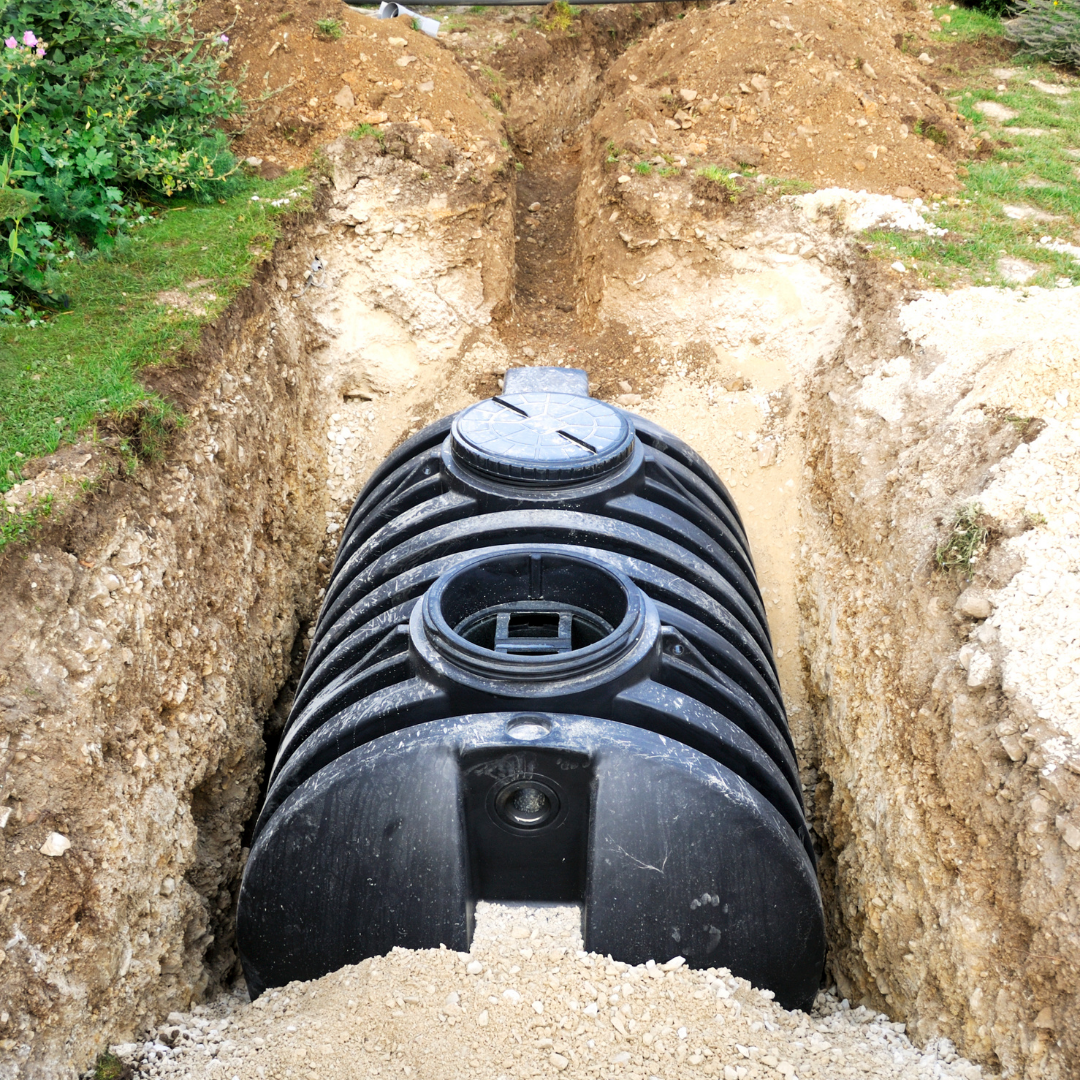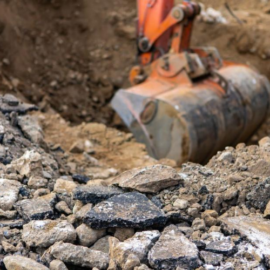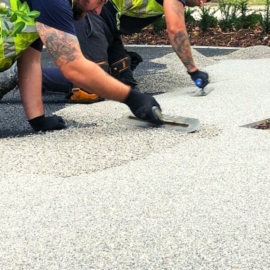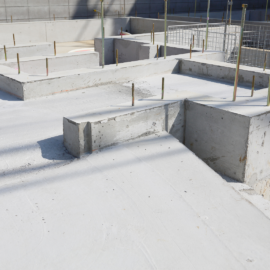What Is a Septic Tank and How Does It Work?
Septic tanks are used to collect effluent, store wastewater and solid waste. A septic tank works by using a specific pH balance and bacterial activity network to break down the solid waste. However, because much of the solid waste will build up over time, a septic tank will still need emptying at regular intervals by a registered waste carrier.
The tank is self-contained and is fitted underground. A septic tank offers an excellent alternative to main sewage pipes if your property isn’t connected to a main system. Because septic tanks can treat and dispose of household wastewater onsite, they are often a more economical choice than connecting to a centralised sewer system, especially in rural areas where properties are more widely spread.
Why is a Septic Tank Required?
Septic tanks are not used much in urban areas (towns and cities) as waste in cities and towns is dealt with and transported through the sewage system, these are maintained by the water company in your local area.
If you live in, or are purchasing a property in, a rural area installing new pipes to eliminate wastewater via a public sewage system is usually more expensive than using a septic tank. If your property is larger than an acre, a septic tank will probably be a more affordable option.
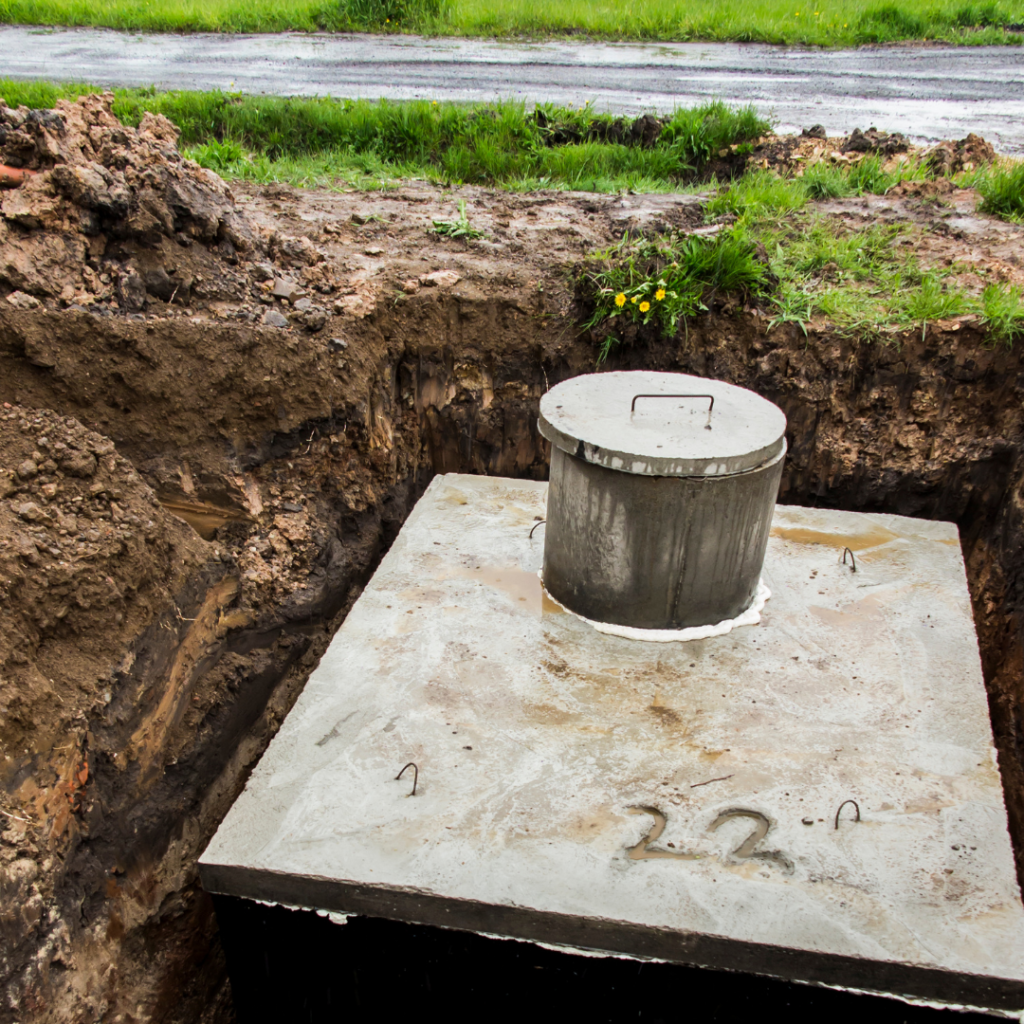
What Is a Soakaway and How Does It Work?
A soakaway is a system consisting of a hole dug in the ground and filled with rubble and coarse stones. This allows surface water that would otherwise begin to collect on the surface to soak back into the earth. Often the soakaway is placed away from the area that usually floods and a pipe connects the area to the soakaway in the form of a gutter or drain. This system is useful for built-up areas that are constructed out of impermeable materials as it reduces the amount of pooling water that can lead to floods and property damage.
This system can be used as a stand-alone method of wastewater control or in conjunction with other systems,such as a septic tank. If a septic tank is being used in an area that doesn’t have the required vegetation to allow the septic tank to dispose of the wastewater in a drain field, a soakaway can assist in removing the waste safely.
Can a Soakaway Get Blocked?
The main problem people experience with soakaways is that they can become blocked up with silt, leaves etc which have washed into the soakaway and can prevent the rain water being collected and percolated back into the soil. On most occasions a blockage can be rectified with high pressure water jets, gaining access to the pipework and backwashing it to drag out the silt and leaves, so that it is left clear and running.
If a soakaway cannot be repaired or cleaned using the jetting, the only alternative is to excavate either a new soakaway or that same soakaway (after tracing) and then install a new soakaway to the correct standard.
Getting Your Project Started
If you have questions about septic tanks or soakaways, please feel free to contact us. At J U Contactors we have a diverse team of experienced professionals ready to achieve your project goals. You can contact us at info@jucontractors.co.uk, or on 0800 0599 331 and here.

